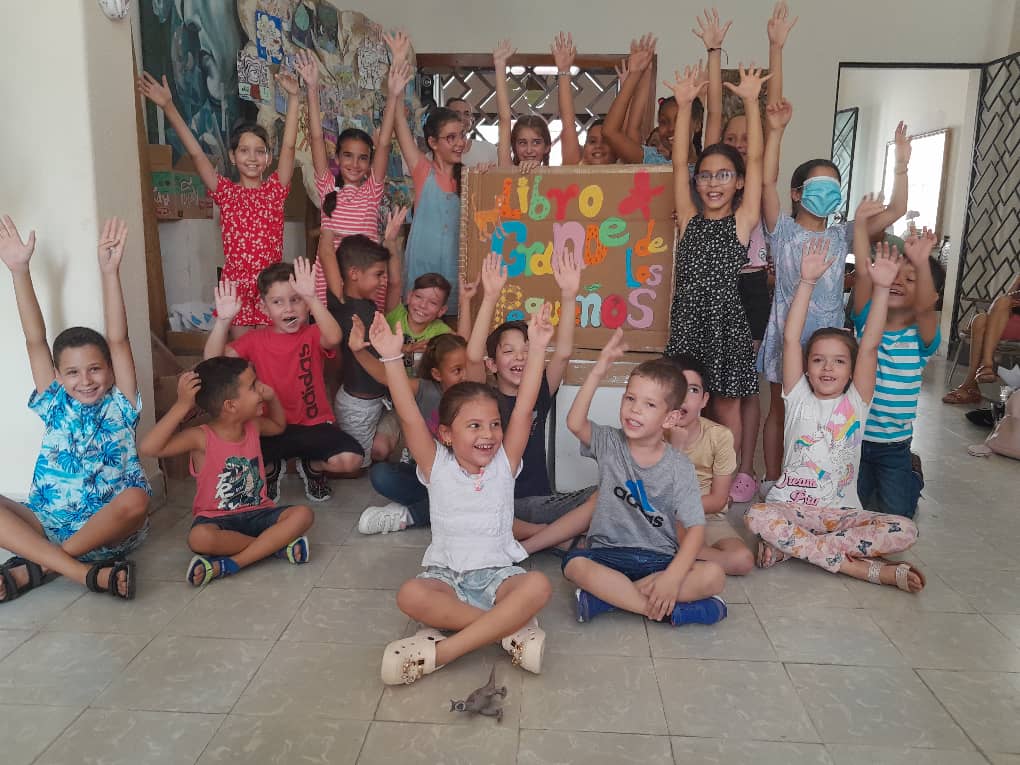CAMAGÜEY.- In sunny Camagüey, where art and imagination try to become part of the city's daily landscape, a group of children lived a summer experience full of magic and creativity in a workshop with writer Niurki Pérez García.
She not only writes beautiful stories but also dedicates her time and energy to inspiring new generations. Her commitment to education and the development of childhood is invaluable for personal and artistic growth.
Through the workshop, she opened a window to appreciate how the heart of the “Buya” project beats, where Niurki creates handmade books with recycled materials in her home. The latter was a bridge with the Creative Cardboard project, led by visual artist and professor José Antonio Hechavarría.
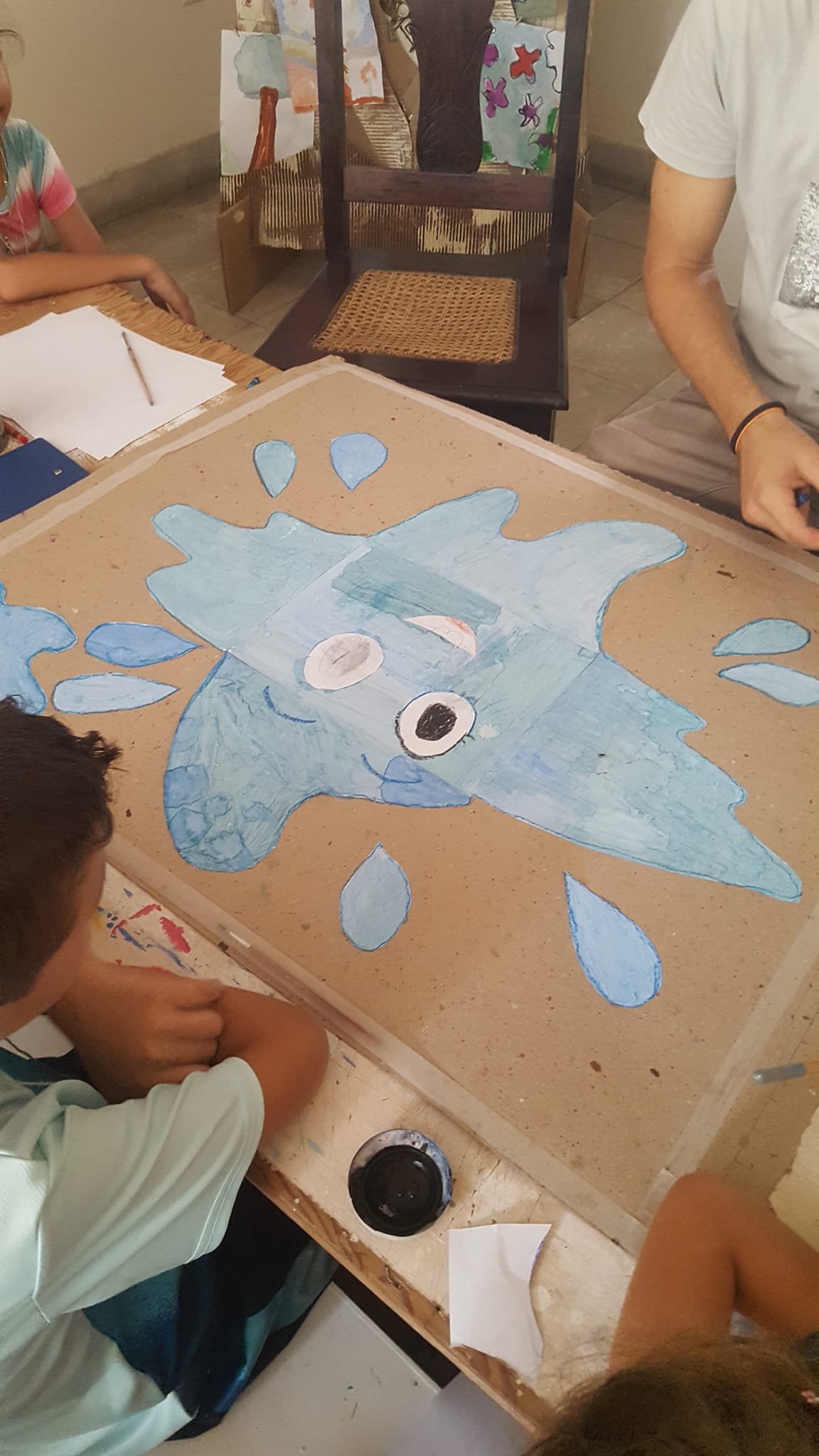
Making the “Big Book of the Little Ones” was much more than a space to create the handmade book. On Tuesdays and Thursdays, for two weeks and with about three hours per session, they met at the headquarters of Cartón Creativo.
Because of the images and the stories of the participants, each day with Niurki was like arriving at a party. Before starting to work, she motivated them with stories or games that prepared them for the literary adventure.
Listening to her is unforgettable because of her ability to draw stories full of color and charming characters that lead to unexpected places. Thus, the atmosphere was impregnated with enthusiasm and expectation.
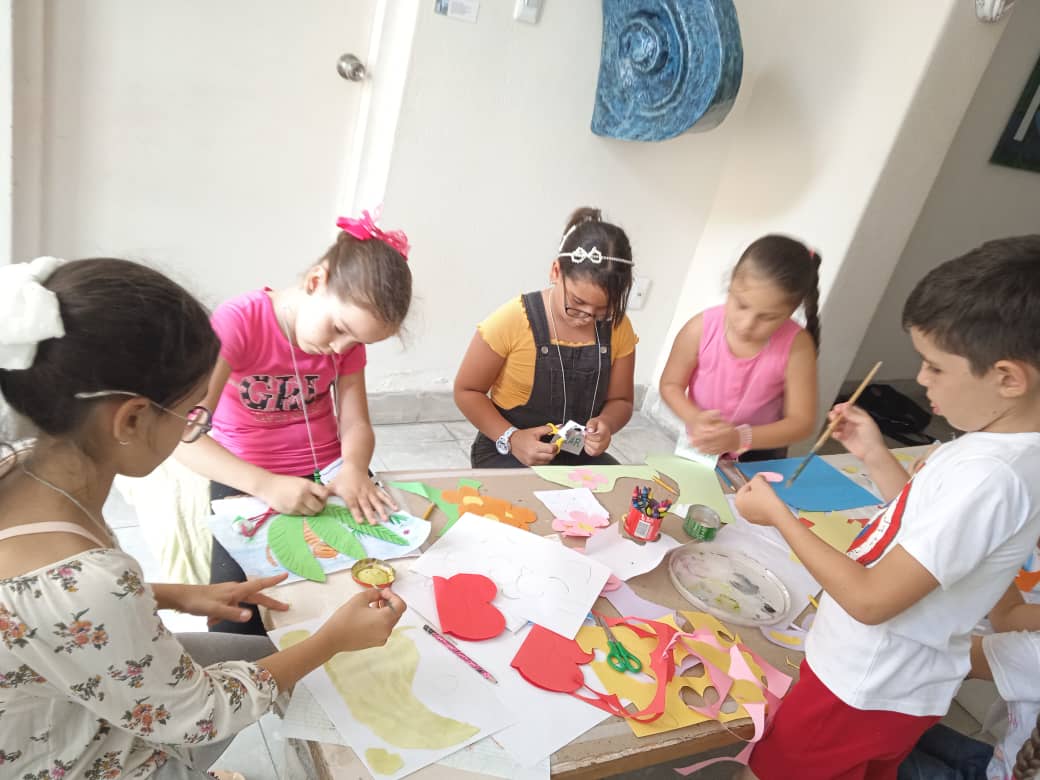
Divided into several groups, the children explored a variety of stories written by Niurki, such as “La Mancha”, a fascinating story about a stain that fell on a white paper and discovered its own beauty and transformative power.
I stopped at this story because it was the one that touched my little girl. Coincidentally, in the last June edition of the newspaper Adelante de papel, we published it in one of the sections of the special culture page La Hendija.
“La Mancha” has a beautiful moral about self-acceptance, the importance of self-esteem, and creativity. The stain, initially rejected and feared by the other elements on the page, discovers its own value.
After the stories and games, it was time to create: draw, cut, paste... Niurki guided them with patience and encouragement, encouraging them to express their ideas on each page.
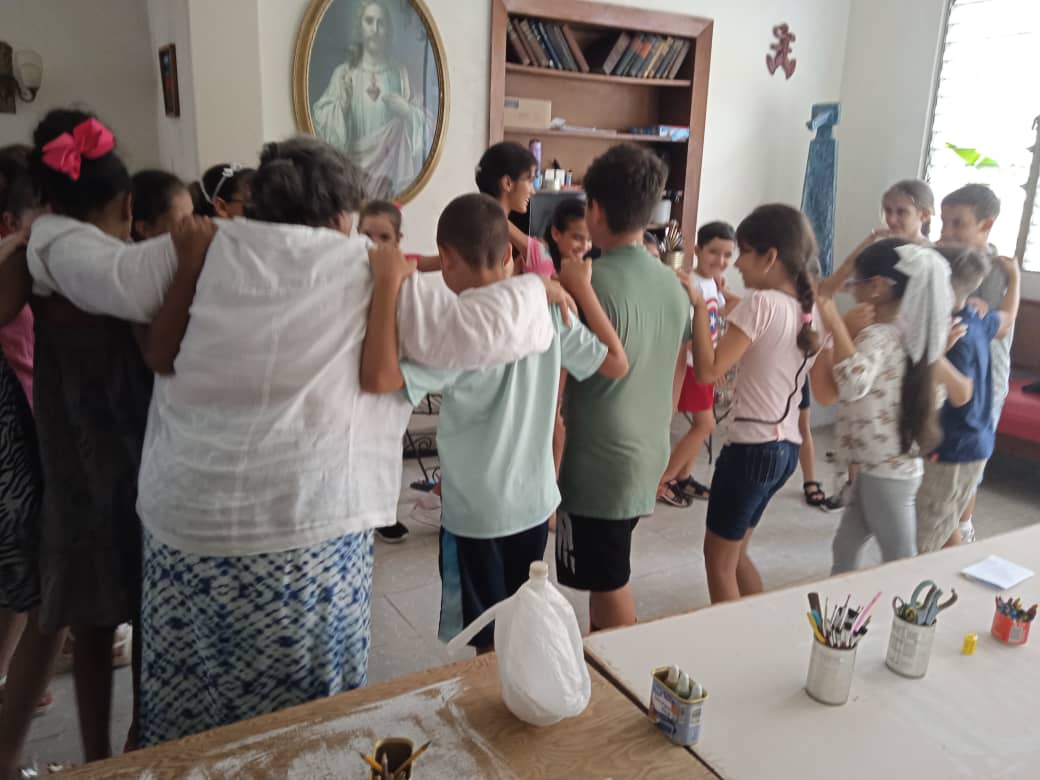
The children proudly showed their progress and family members shared emotions. The workshop became a celebration of imagination and collaboration, a season of discovery and friendship.
At the end of the workshop, José Antonio highlighted the opportunity for the children to learn from one of Cuba's most renowned writers. The farewell was marked by strong applause for the young artists and everyone involved.
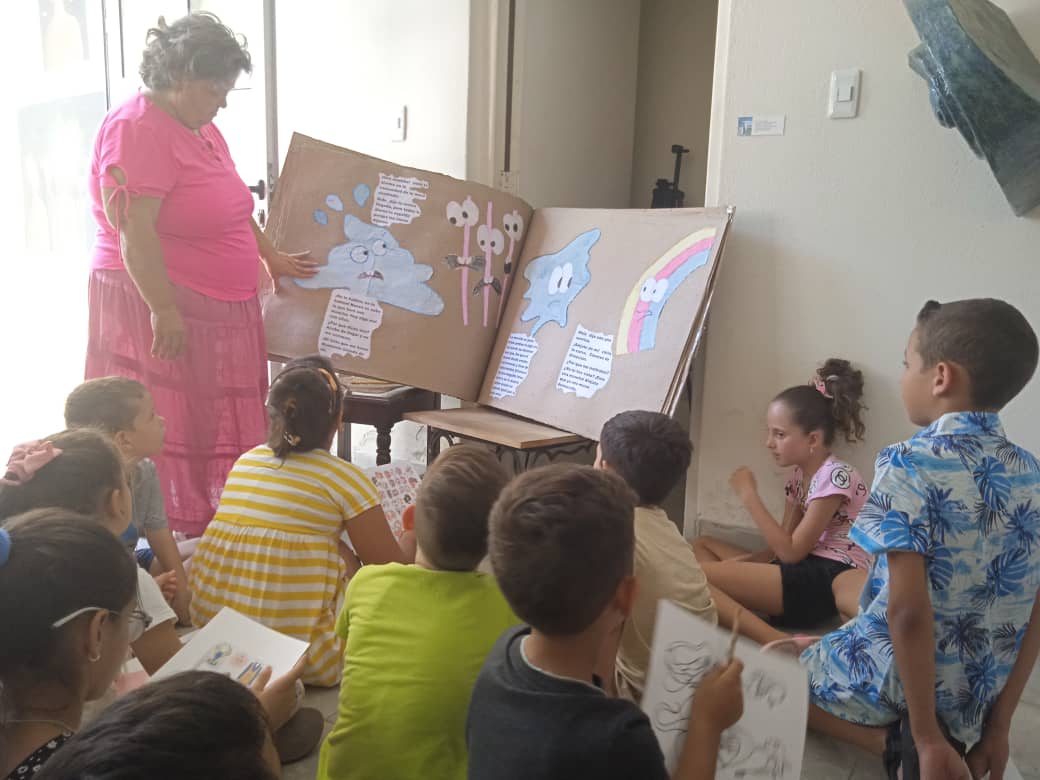
Niurki, known for her dedication to children's literature and her innovative educational methods, expressed her gratitude to all the parents, grandparents, and family members who supported the children during the workshop.
Her goal was not only to teach them how to make books but also to inspire them to value the craftsmanship and effort behind each written and illustrated page.
It is wonderful that the children have been able to explore and express their interpretation of the story through illustrations and manual work. This experience is just the beginning of a creative and successful journey for them.
My little girl is happy because she knows Niurki. We have read and enjoyed together other texts of hers such as “The Cutest Baby in the World” (Ed. Gente Nueva), about a child rescued from a dumpster and saved by a ghost; and the mini-book “La negrita Cucumbé” (Ed. Ácana), about another charismatic character.
I admire how Niurki, despite the daily vicissitudes of her everyday reality, offers a perspective on life and overcoming adversity. On board the ship of fantasy she explores deep and complex themes.
Perhaps it is not well known that, in addition to writing, she has dedicated herself to making books by hand, also as a way of transmitting her ideals and dreams for literature. This is praiseworthy, especially for her perseverance in the face of difficulties with traditional publishers.
The above explains the founding of the Buya project. The word means “good” in Arawak. It has been a natural extension of her philosophy and practice as a promoter of the importance of manual art and unlimited creativity.
With the inspiration of Niurki, the encouragement of Cartón Creativo, and the support of the family, I dare to say that the children will continue to be attentive with a passion for illustration and literature.
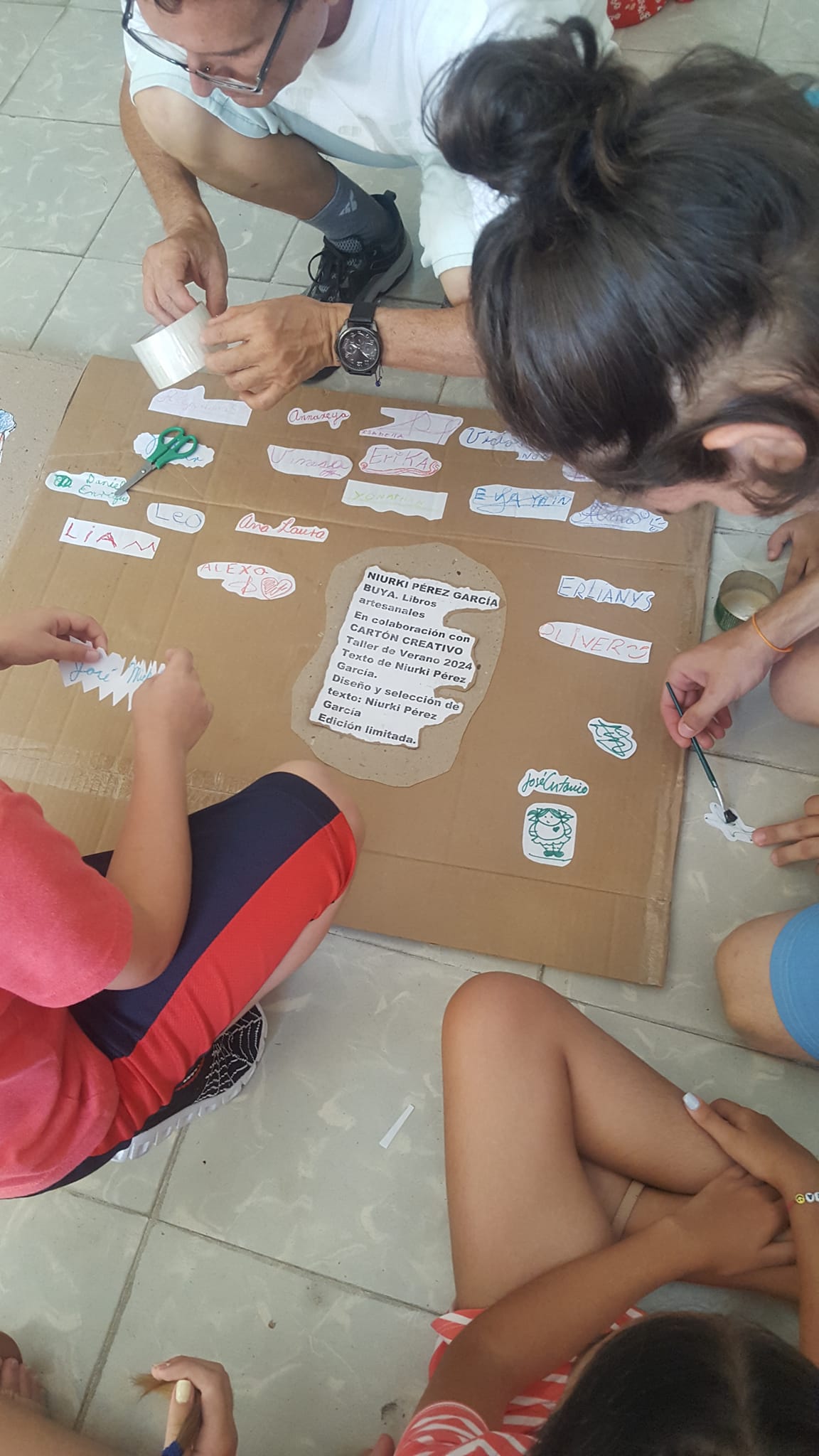
My daughter has summarized for me the learning of “Libro grande de los pequeños” (Big Book of the Little Ones), with the teaching of the story she worked on: every stain in life has the potential to become something beautiful.
Thus, in the hot city of Camagüey, Niurki, the group of children and a summer workshop on illustration leave a bright mark as proof that dreams and stories can unite us and transform us forever.
Translated by Linet Acuña Quilez



